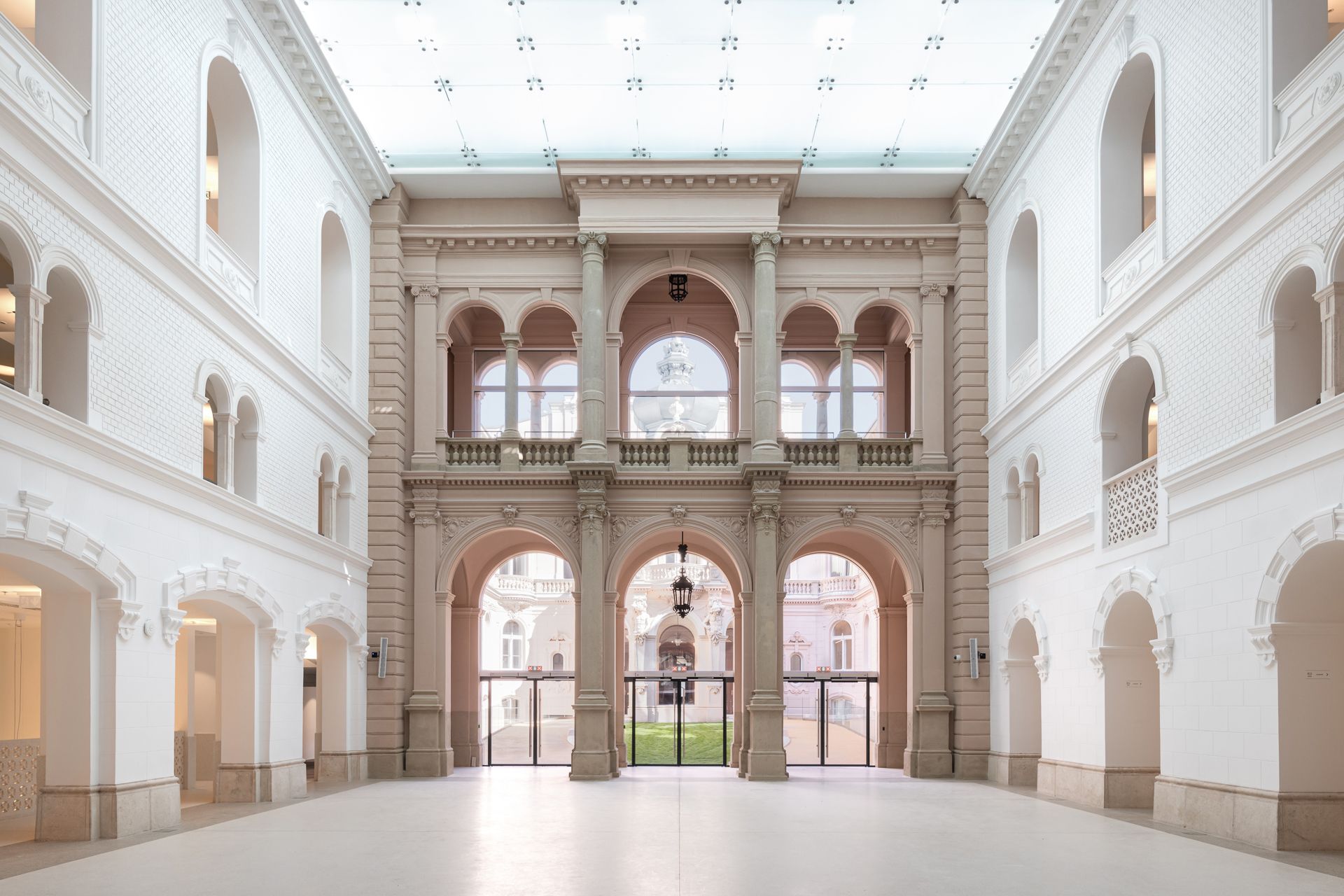The palace’s wing facing Múzeum utca underwent a comprehensive monument reconstruction, while Károli Gáspár Reformed University, the institution using the building received a modern educational unit in the part of the former residence facing Reviczky utca. Let’s see the result!
The Károlyi-Csekonics Palace was built by Margit Csekonics and his husband, István Károlyi. Margit Csekonics inherited the building in 1881, and soon after, Vienna-based architects Ferdinand Fellner and Hermann Helmer began working on the drawings
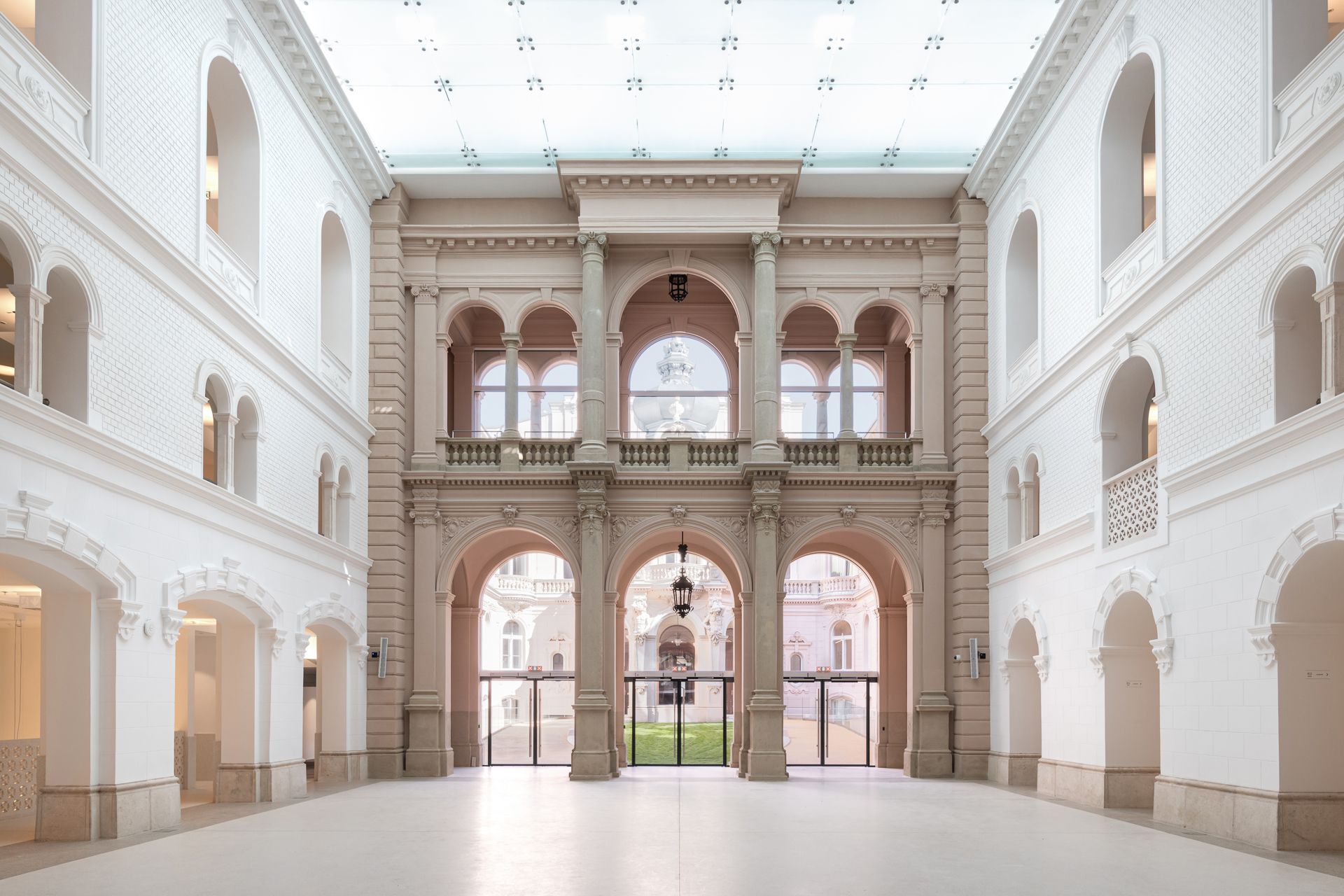
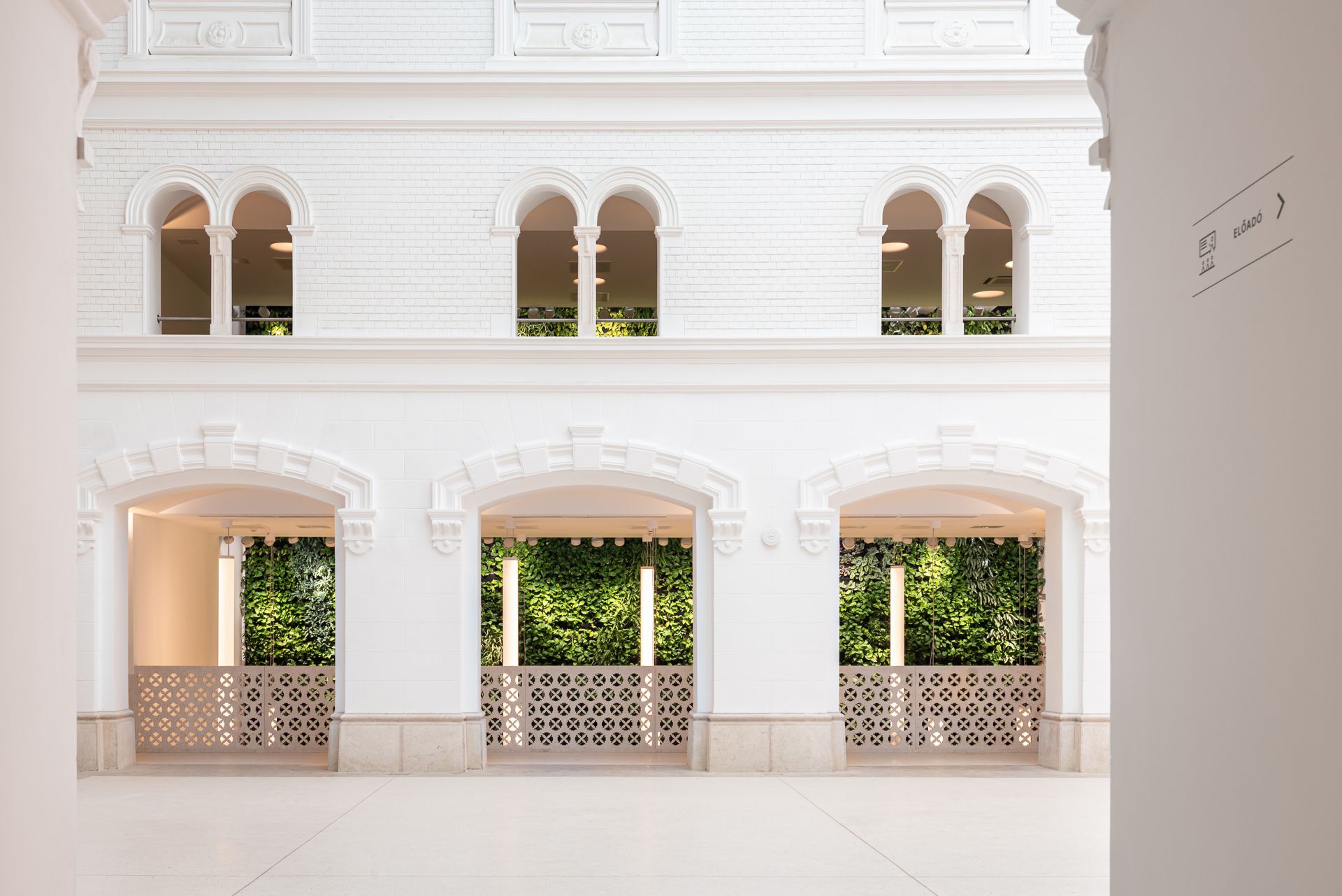
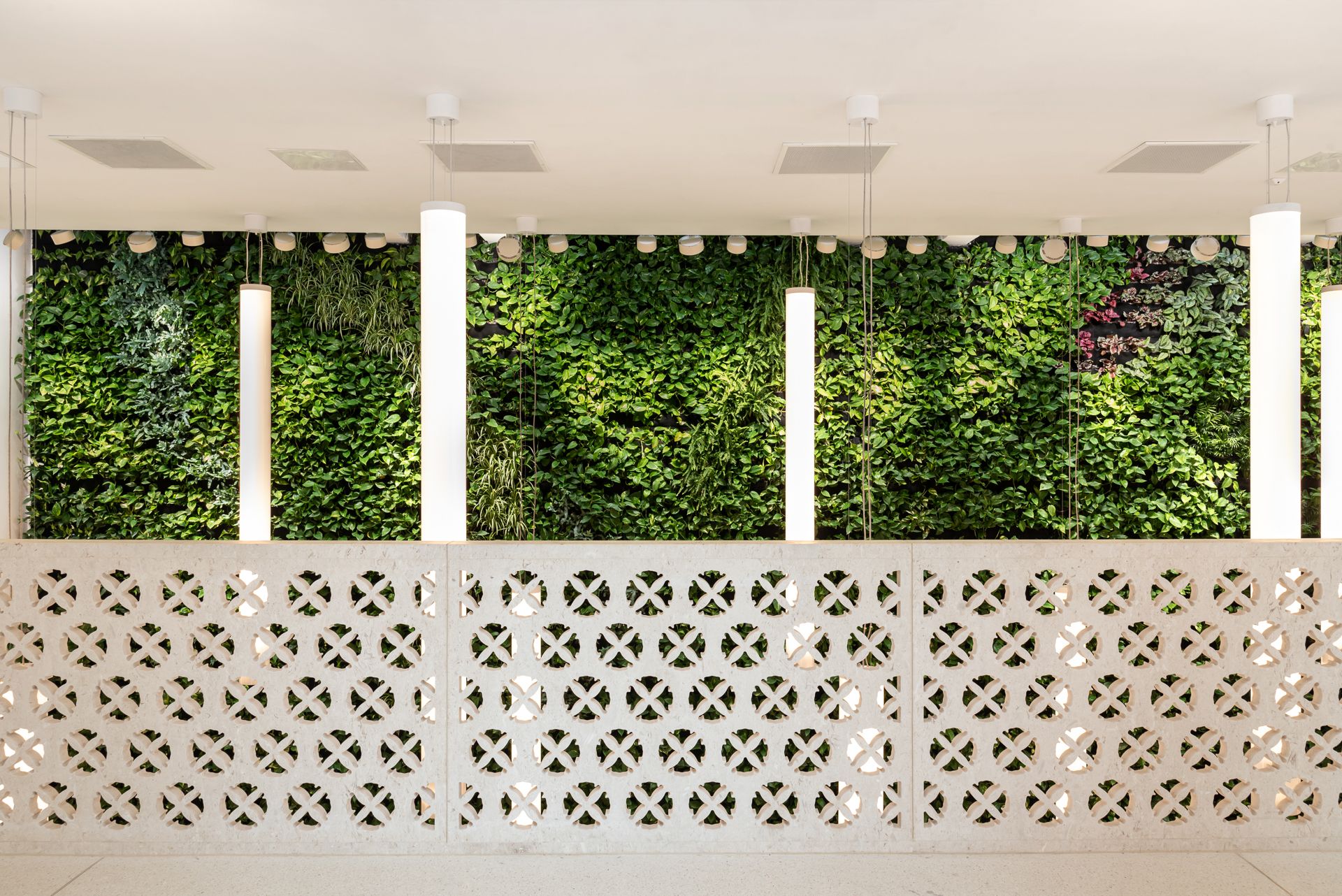
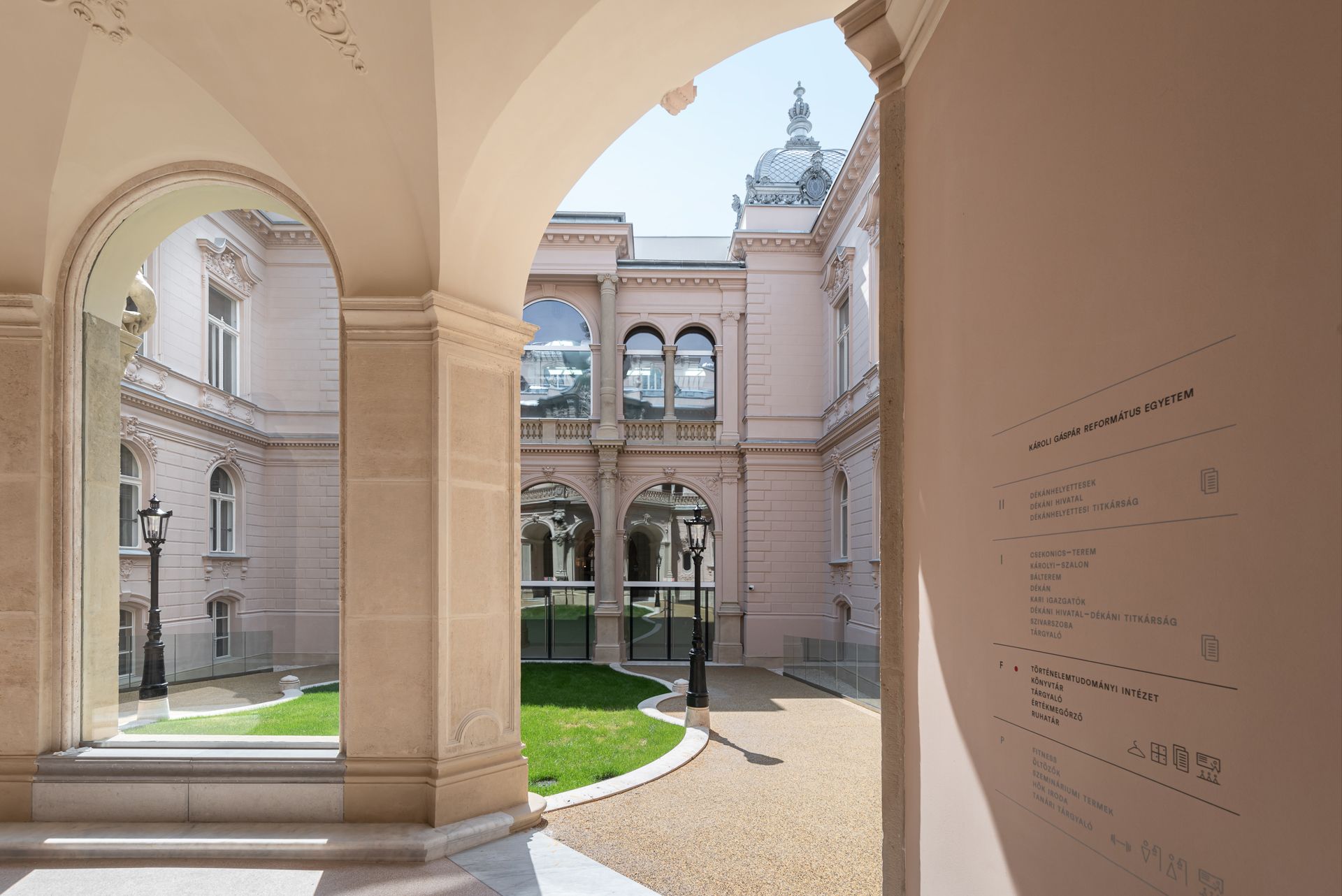
The biggest challenge for the architect team of FormiConcept Kft. – CUBO építészcsoport Kft. commissioned to perform the architectural and interior design of the current reconstruction and renovation project was to bridge the significant gap between the original and the new function: their task was to design university-educational functions into a building originally built as an aristocratic palace – that is, a residential building. The most impressive transformation took place in the part of the building facing Reviczky utca: the side wings of the hall were rebuilt, following the original structure and architecture.
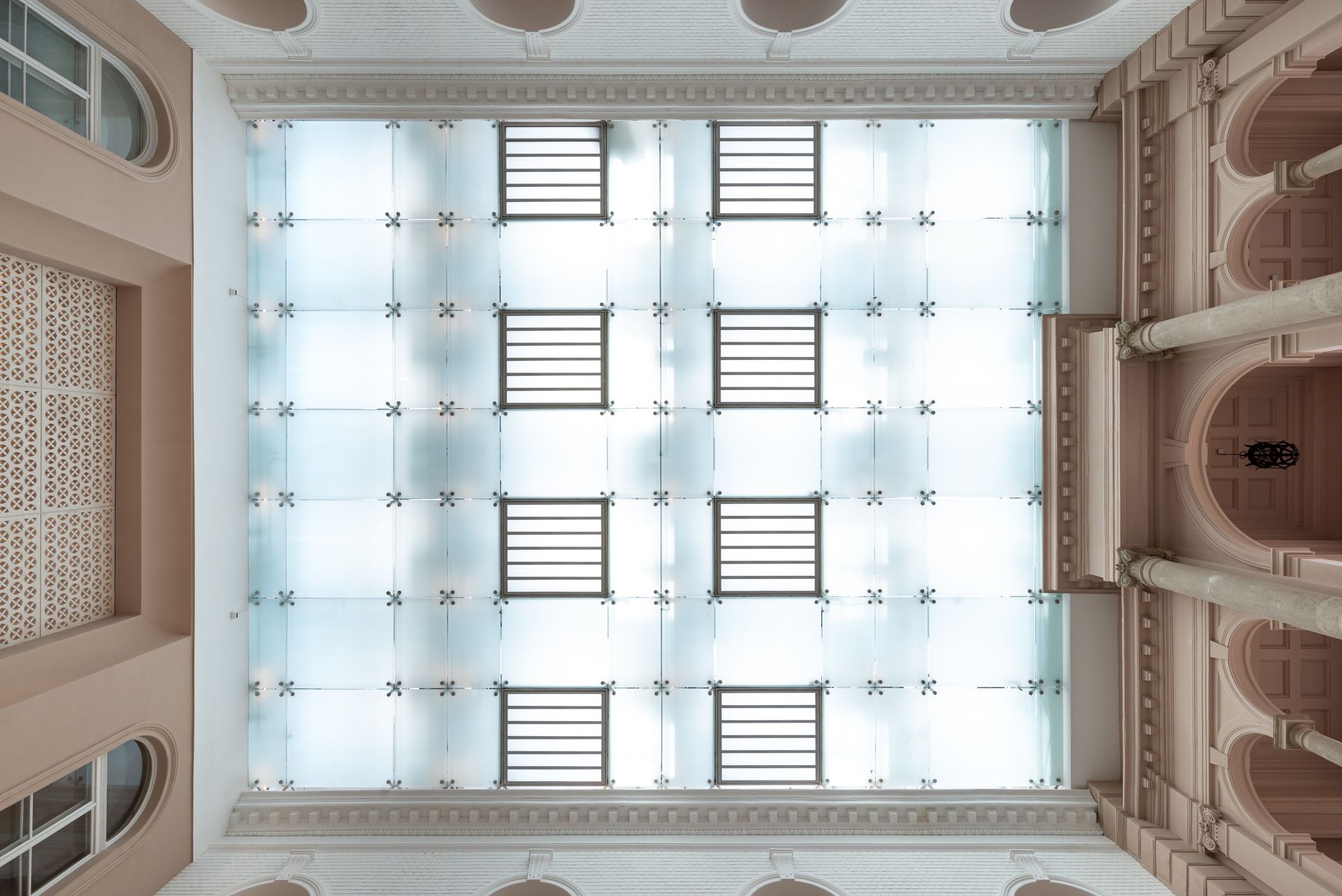
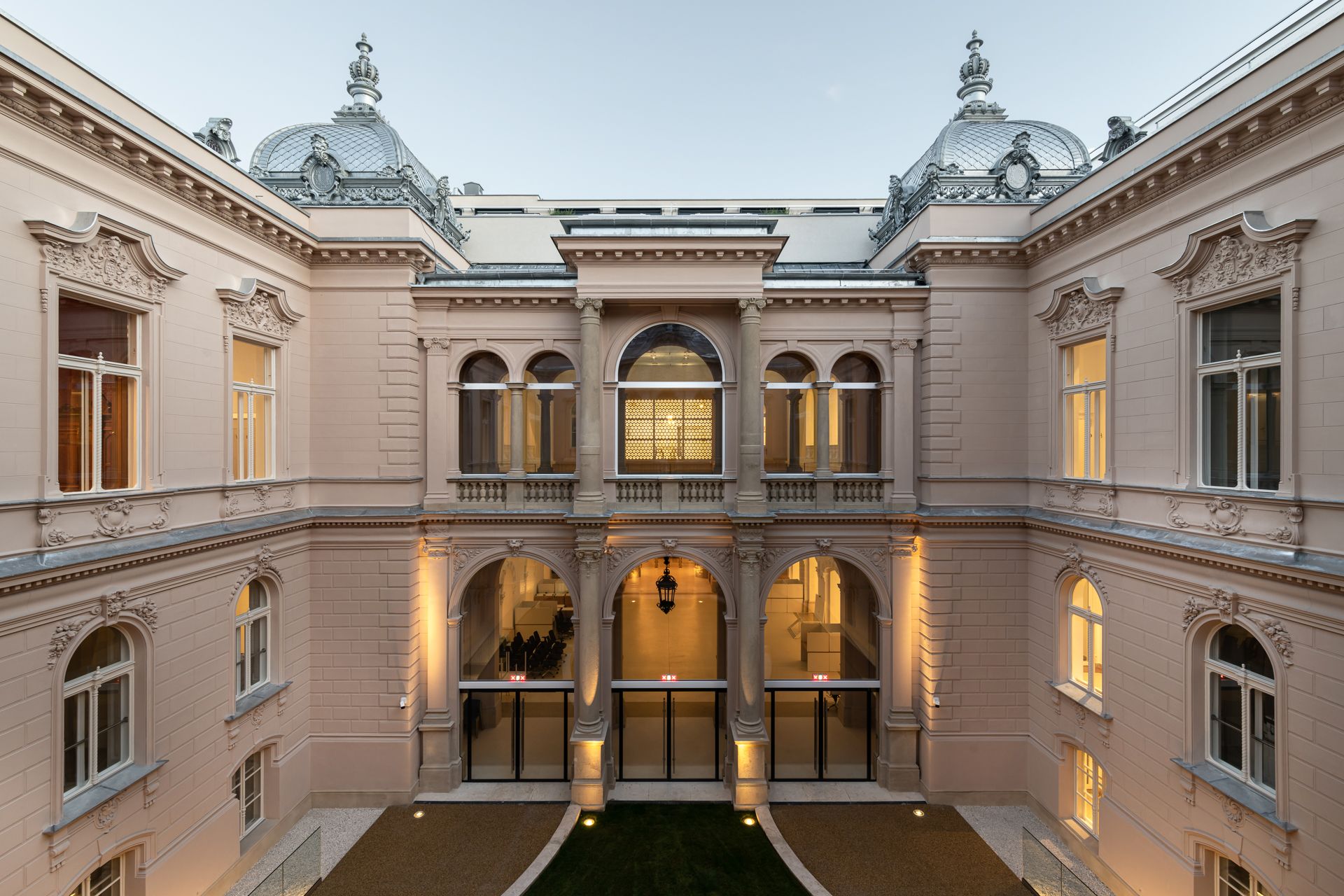
In the cellar and ground floor of the wing facing Reviczky utca built with a modern interior, a conference room capable of seating 198 persons and a large, 120-person lecture hall were established, while the top floors give home to smaller auditoriums, classrooms and professor’s rooms. These spaces promote the students’ effective acquisition of the materials with their simplicity as well as their modern architectural and interior design solutions.
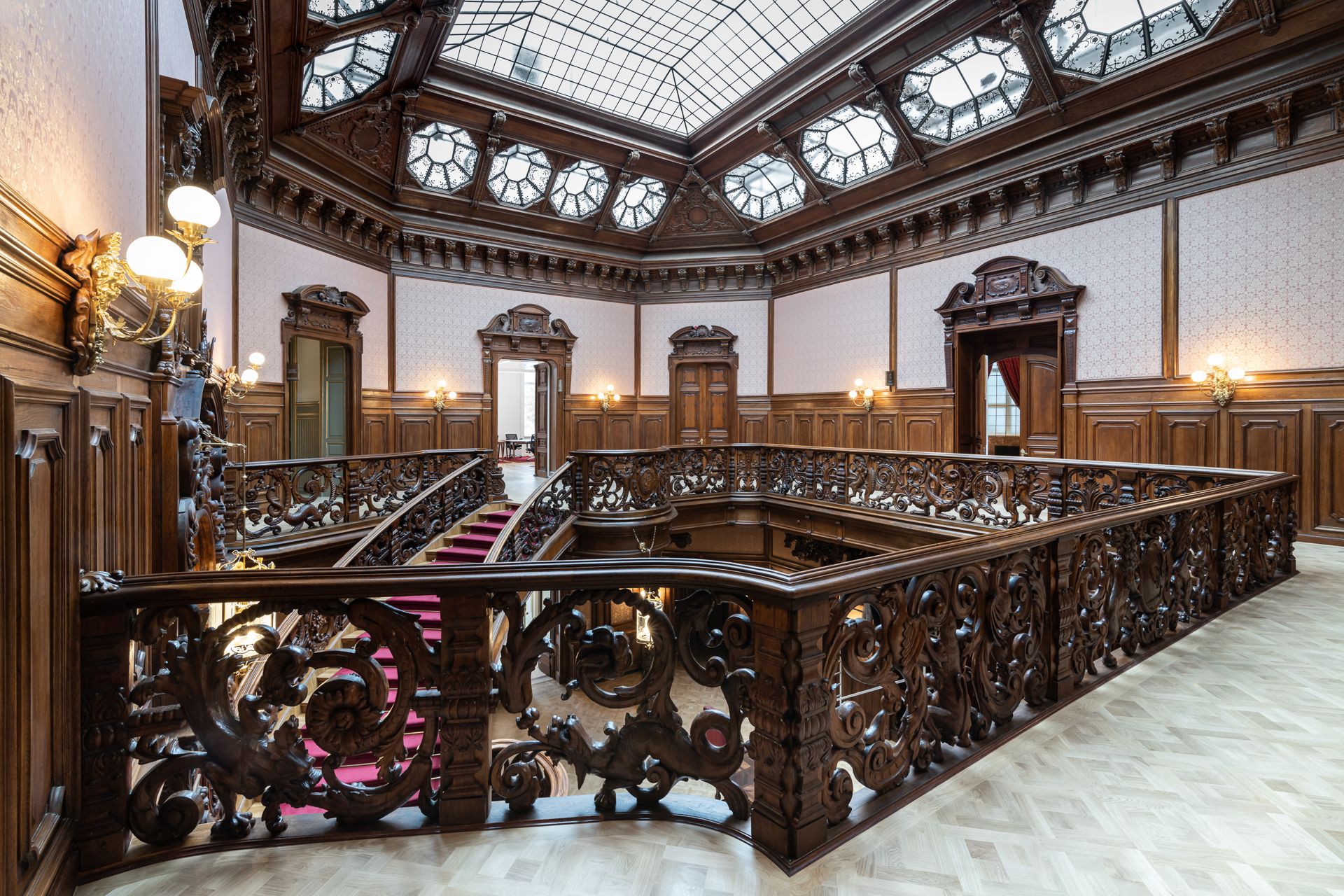
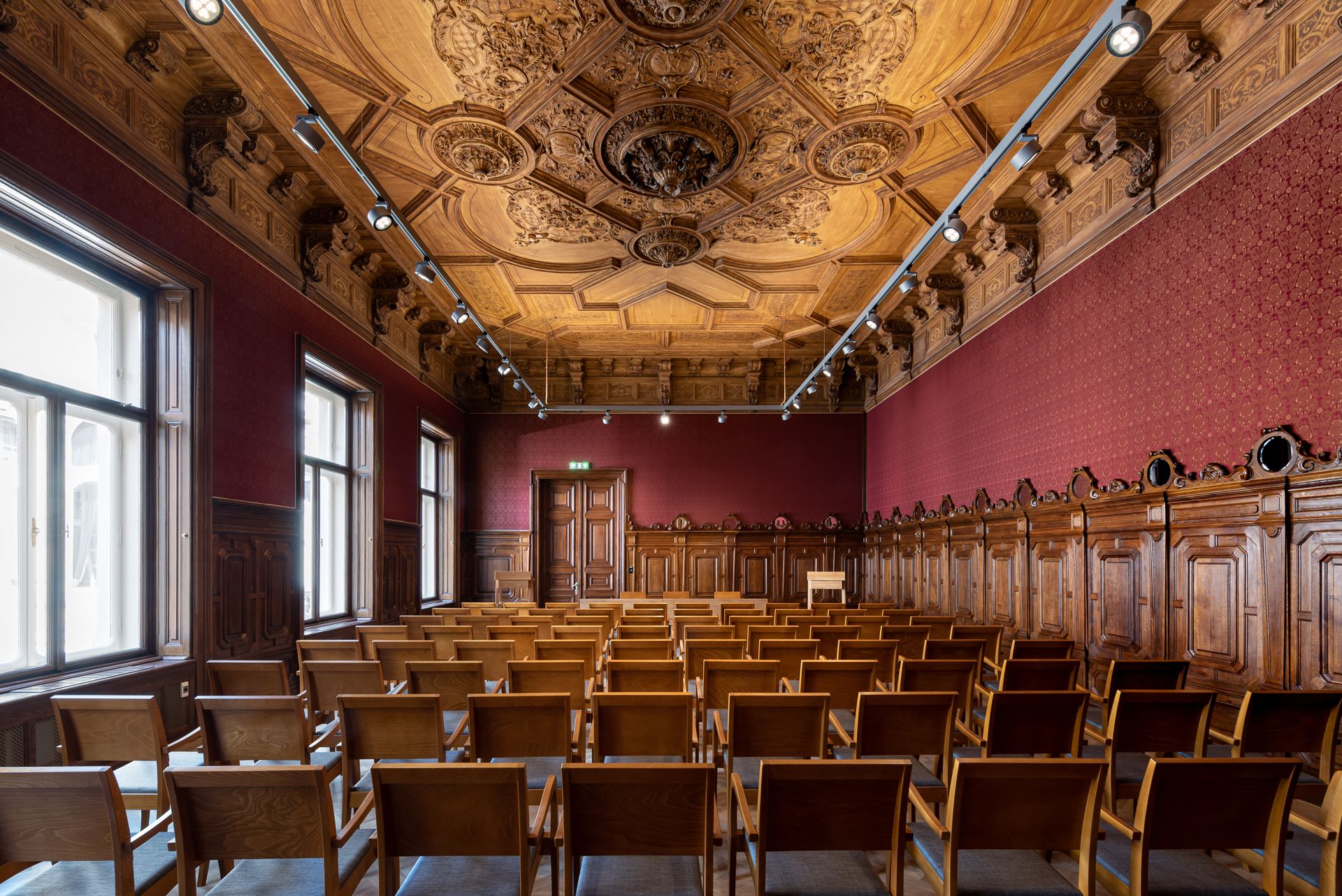
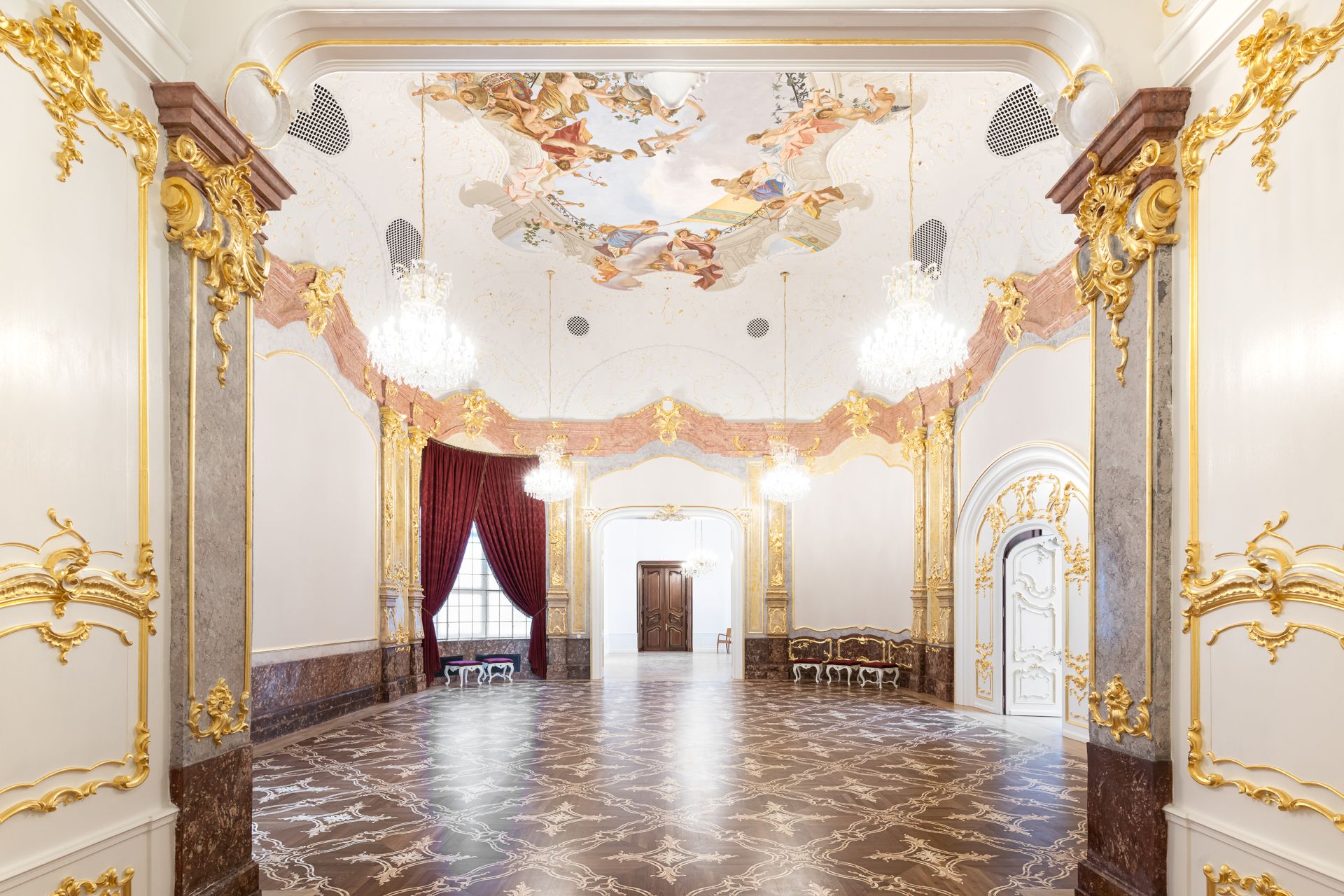
The attractions of the wing facing Múzeum utca include the Lotz fresco on the ceiling in the ballroom, which was completely destroyed earlier. The reconstruction of the representative space was facilitated by the pieces of gilded plaster found on site as well as the traces of faux marble and paint, in addition to the archive photographs. Therefore, the ceiling of the Dean’s Office of the Reformed university once again depicts Lotz’s portrayal of a pagan Bacchus festival, thus adding an exciting cultural tension to the space.
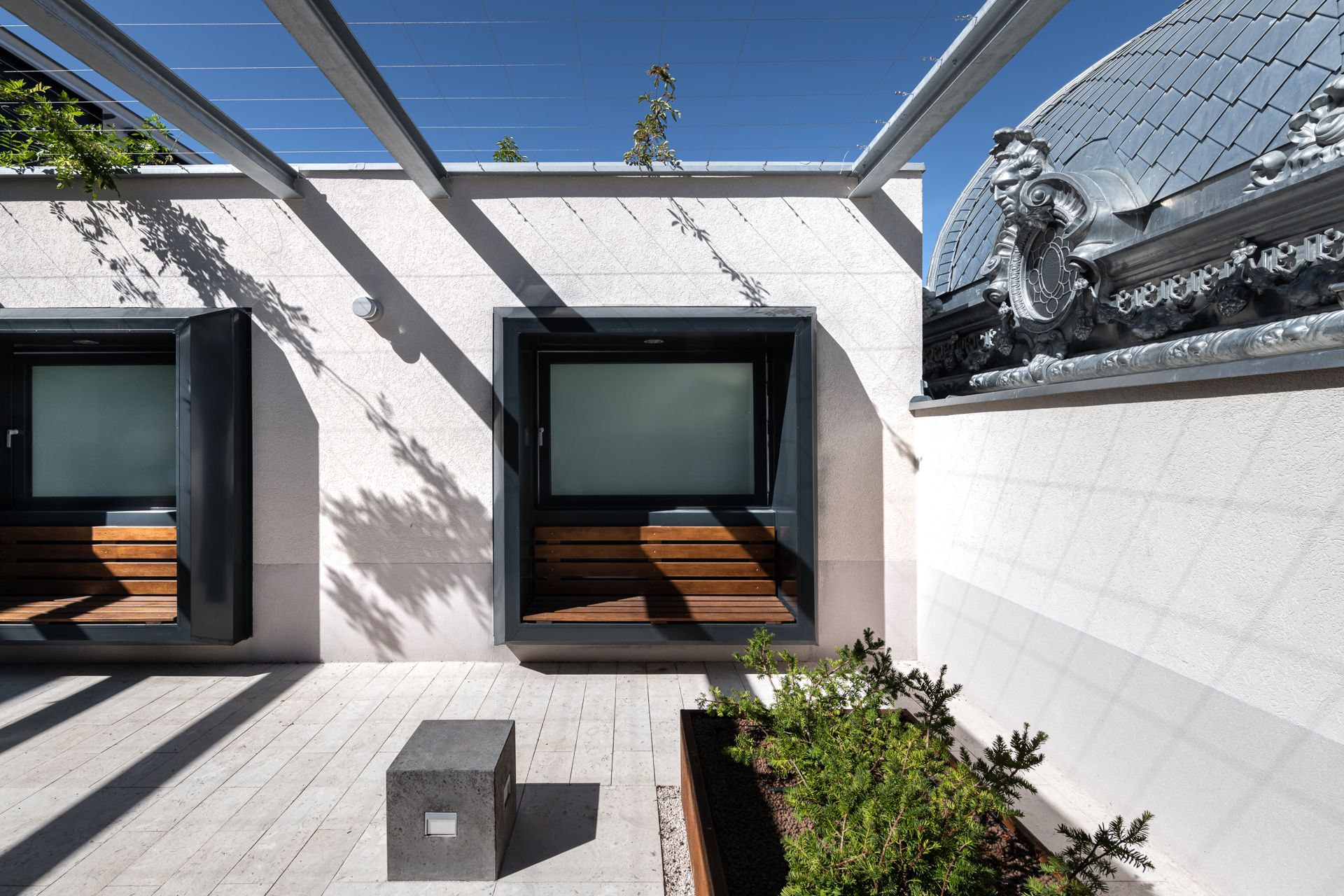
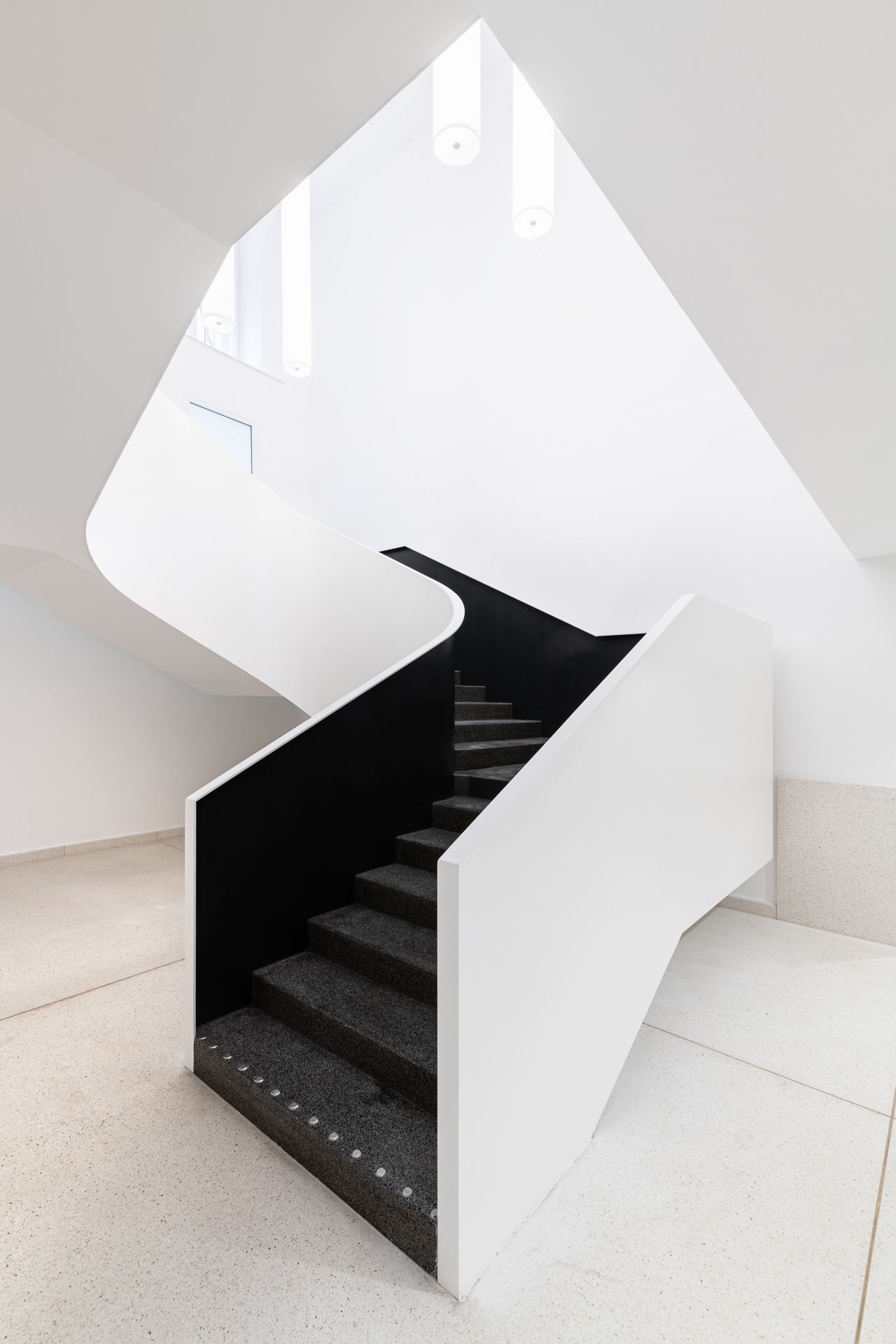

Photos: Norbert Juhász
Source: press release
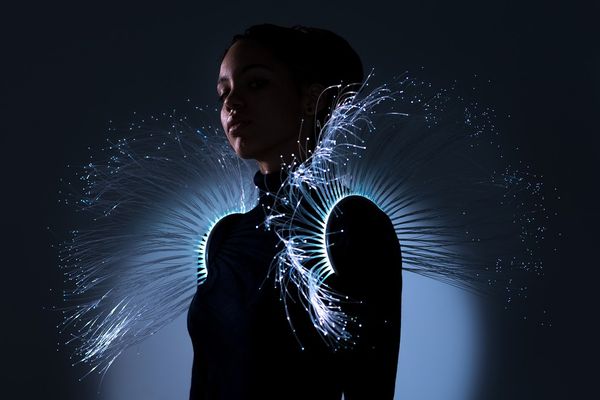
„Everything will be just as sparkly” | Art Jewelry Night Budapest 2020
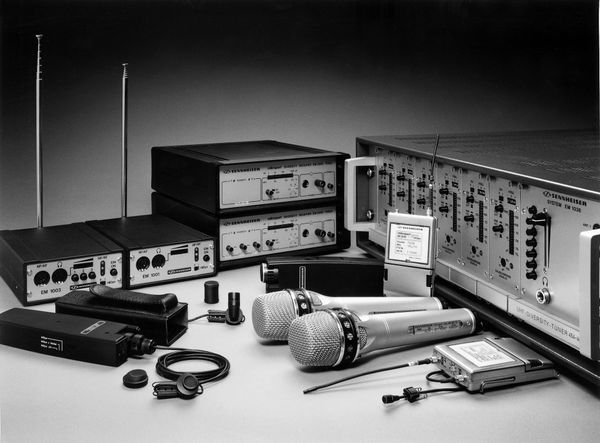
The future of audio | Sennheiser turns 75










